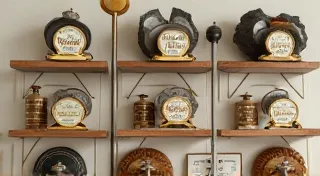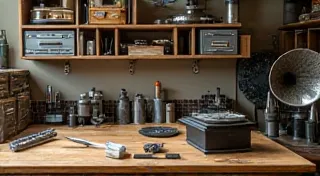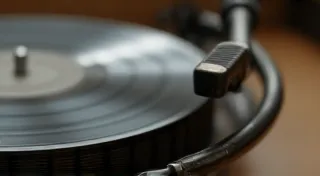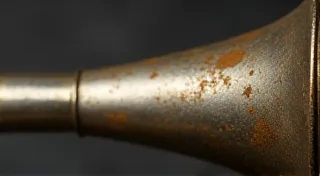Restoring Decals and Labels: Preserving the Original Aesthetics
Antique phonographs are more than just machines; they're pieces of history, often adorned with beautifully designed decals and labels. These decorative elements contribute significantly to the phonograph's aesthetic appeal and value. However, over decades of use and exposure, these decals and labels can fade, crack, peel, or become damaged. While a pristine original finish is highly desirable, restoration is sometimes necessary to revive a phonograph's appearance without compromising its authenticity. This guide provides a comprehensive look at safely restoring decals and labels on antique phonographs.
Understanding the Challenge: Types of Decals and Their Condition
Before attempting any restoration, it's crucial to understand the type of decal you're dealing with. Early phonographs often used hand-painted lettering and decorative panels. Later models embraced more intricate transfer decals and, eventually, screen-printed labels. The age, material (often nitrocellulose lacquer or similar), and original application technique significantly impact the restoration process.
Assess the damage. Is it fading, cracking, peeling, or a combination? Significant damage may require more extensive restoration, possibly involving duplication rather than direct repair. Note the color and design; high-quality photographs *before* any cleaning are invaluable should you need to create a replacement.
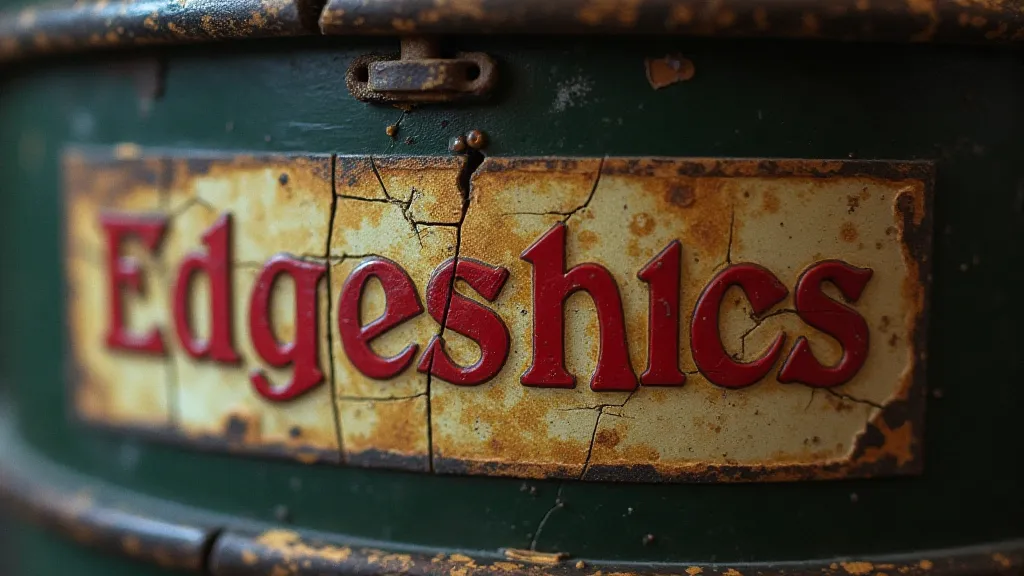
Gentle Cleaning – The First Step
The initial step is always gentle cleaning. Avoid harsh chemicals or abrasive cleaners, as these will further damage the decal. Start with distilled water and a soft, lint-free cloth. A very mild soap solution (dish soap diluted significantly) *may* be used, but test it in an inconspicuous area first. Work in small sections, gently wiping the surface. Avoid excessive moisture.
Repairing Minor Damage: Consolidation and Re-Adhesion
For minor peeling or lifting, a consolidant can sometimes be used to re-adhere the decal to the phonograph's surface. Consolidants are specialized adhesives designed for delicate surfaces. Apply sparingly with a fine brush, following the manufacturer’s instructions. Weighting the area with a clean cloth and gentle pressure can help the consolidant set properly.
Addressing Fading: Limited Options and Potential Duplication
Fading is the most challenging issue. Unfortunately, there’s no reliable method to truly restore faded colors on a decal. Attempts to apply color directly often result in a mismatched and unnatural appearance. The best approach is usually to accept the faded appearance as part of the phonograph’s history. However, if the fading is particularly distracting, creating a high-quality duplicate decal is an option.
Creating a duplicate requires careful color matching and application. This is best left to experienced restoration professionals who specialize in antique phonograph restoration. They will use the original decal as a reference and employ techniques such as printing or hand-painting to create a replacement.
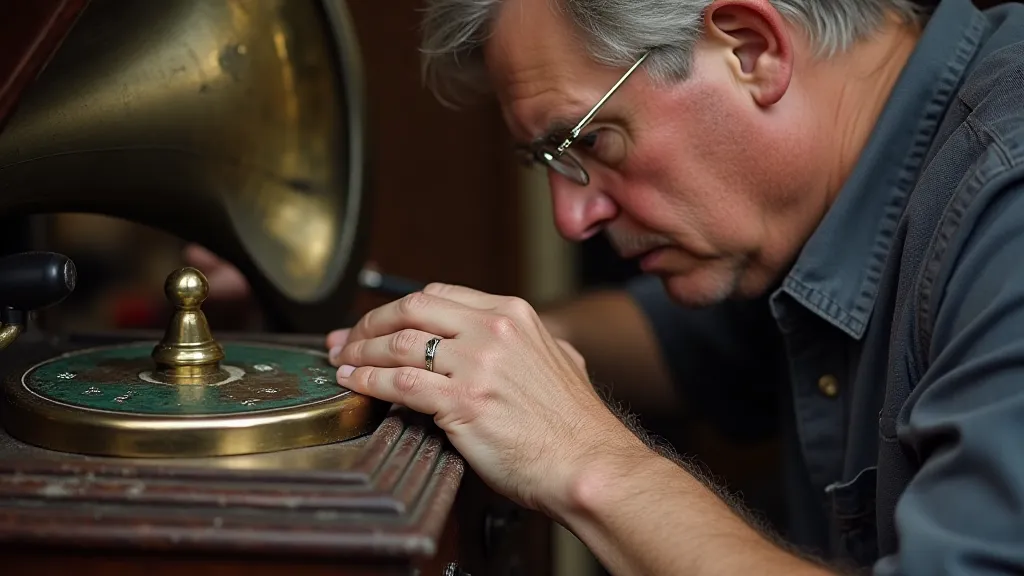
Screen-Printed Labels: A Different Approach
Screen-printed labels, common on later models, are often more robust but can still suffer from fading or damage. Similar cleaning methods apply. If a screen-printed label is severely damaged, replacement is usually the only practical solution. Finding a replacement original label can be difficult; creating a duplicate is again the most common approach. Accurate color matching and printing techniques are essential for a convincing result.
Important Considerations & Avoiding Pitfalls
- Documentation: Always photograph the decal before any cleaning or restoration.
- Test First: Always test any cleaning solution or adhesive in an inconspicuous area.
- Patience is Key: Restoration is a slow and delicate process.
- Professional Help: For valuable or significantly damaged phonographs, consider seeking the expertise of a professional antique phonograph restorer.
- Authenticity: Disclose any restoration work when selling or displaying the phonograph.
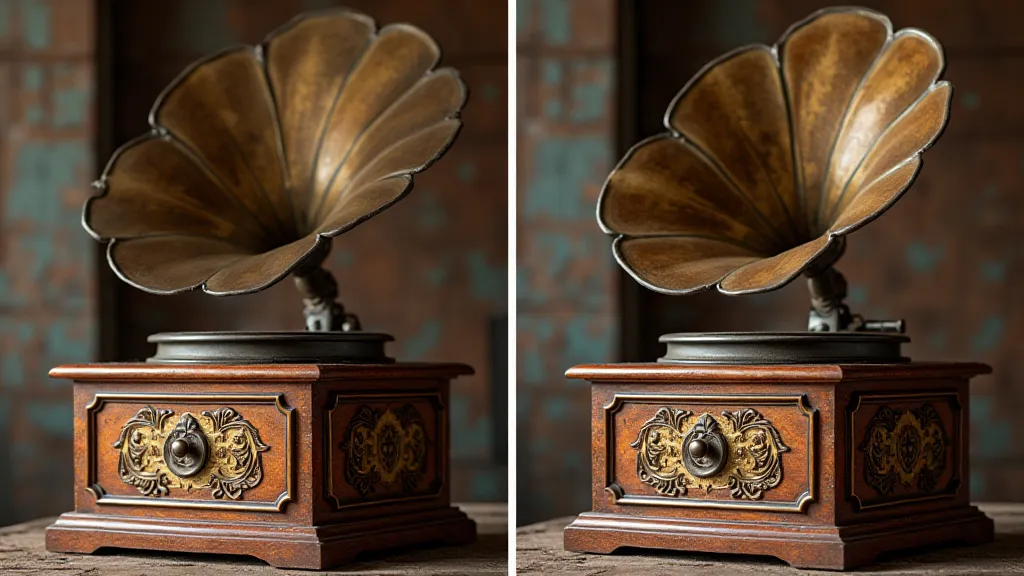
Conclusion
Restoring decals and labels on antique phonographs is a challenging but rewarding endeavor. By understanding the different types of decals, employing gentle cleaning techniques, and, when necessary, seeking professional assistance, you can preserve the original aesthetics and enhance the value of these cherished pieces of history.
